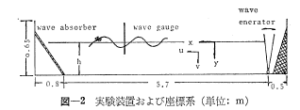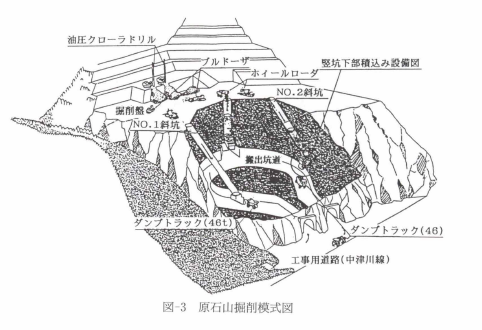2024-04-25 カリフォルニア大学サンタバーバラ校(UCSB)
<関連情報>
- https://news.ucsb.edu/2024/021446/managing-meandering-waterways-changing-world
- https://www.sciencedirect.com/science/article/pii/S0012821X24001079
河川の蛇行ペースは河川の土砂供給に影響される The pace of global river meandering influenced by fluvial sediment supply
Evan Greenberg, Vamsi Ganti
Earth and Planetary Science Letters Available online:23 March 2024
DOI:https://doi.org/10.1016/j.epsl.2024.118674

Highlights
•Lateral migration rates in meandering rivers increase with sediment supply globally.
•Migration rates respond to sediment supply similarly independent of bank vegetation.
•Meander migration rates decline across sediment flux gradients caused by dams.
Abstract
Meandering rivers move gradually across the floodplains, and this river movement presents socioeconomic risks along river corridors and regulates terrestrial biogeochemical cycles. Experimental and field studies suggest that fluvial sediment supply can exert a primary control on lateral migration rates of rivers. However, we lack an understanding of the relative importance of environmental boundary conditions, such as floodplain vegetation and sediment supply, in setting the pace of river meandering across different environmental settings. Here, we combine the analysis of satellite imagery and global-in-scale sediment and water discharge models to evaluate the controls on lateral migration rates of 139 meandering rivers that span a wide range in size, climate, and bank vegetation. We show that migration rates normalized by the channel width monotonically increase with the volumetric sediment flux normalized by the characteristic size of the river. This relation is consistent across rivers in vegetated and unvegetated catchments, indicating that enhanced lateral migration rates in unvegetated basins is likely not only facilitated by lower bank mechanical strength, but also by higher normalized sediment supply in ephemeral rivers. Using three case examples, we also demonstrate that width-normalized meander migration rates respond to spatial gradients in sediment supply caused by river impoundments, highlighting the prominent role of sediment supply in setting the pace of meander migration. Our results suggest that sediment-supply variations caused by climate, land-cover and land-use changes can lead to predictable changes in meandering river evolution and ultimately drive architectural changes in sedimentary stratigraphy.



